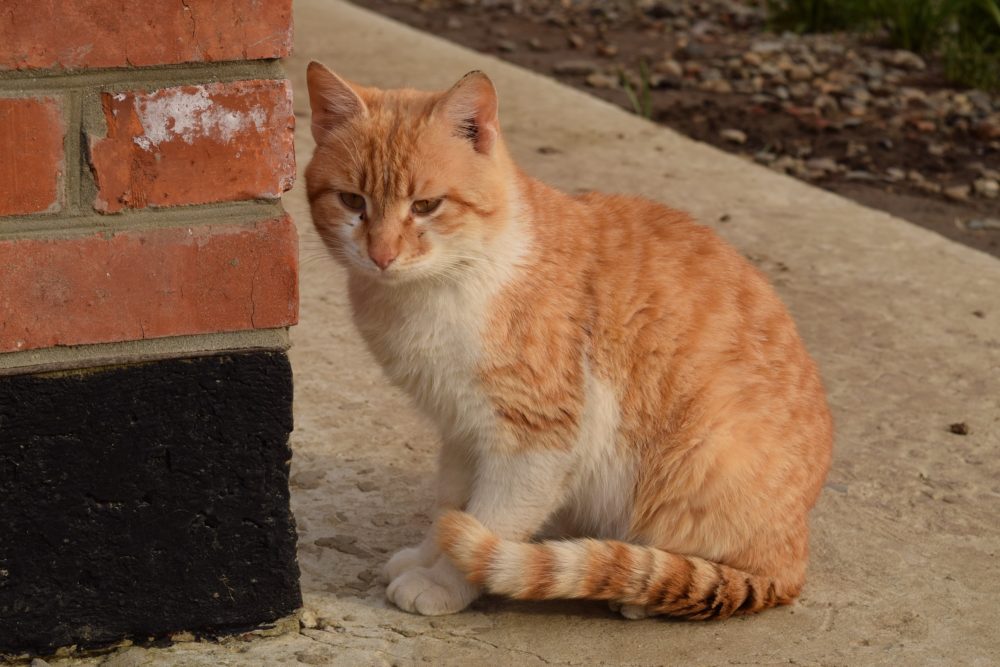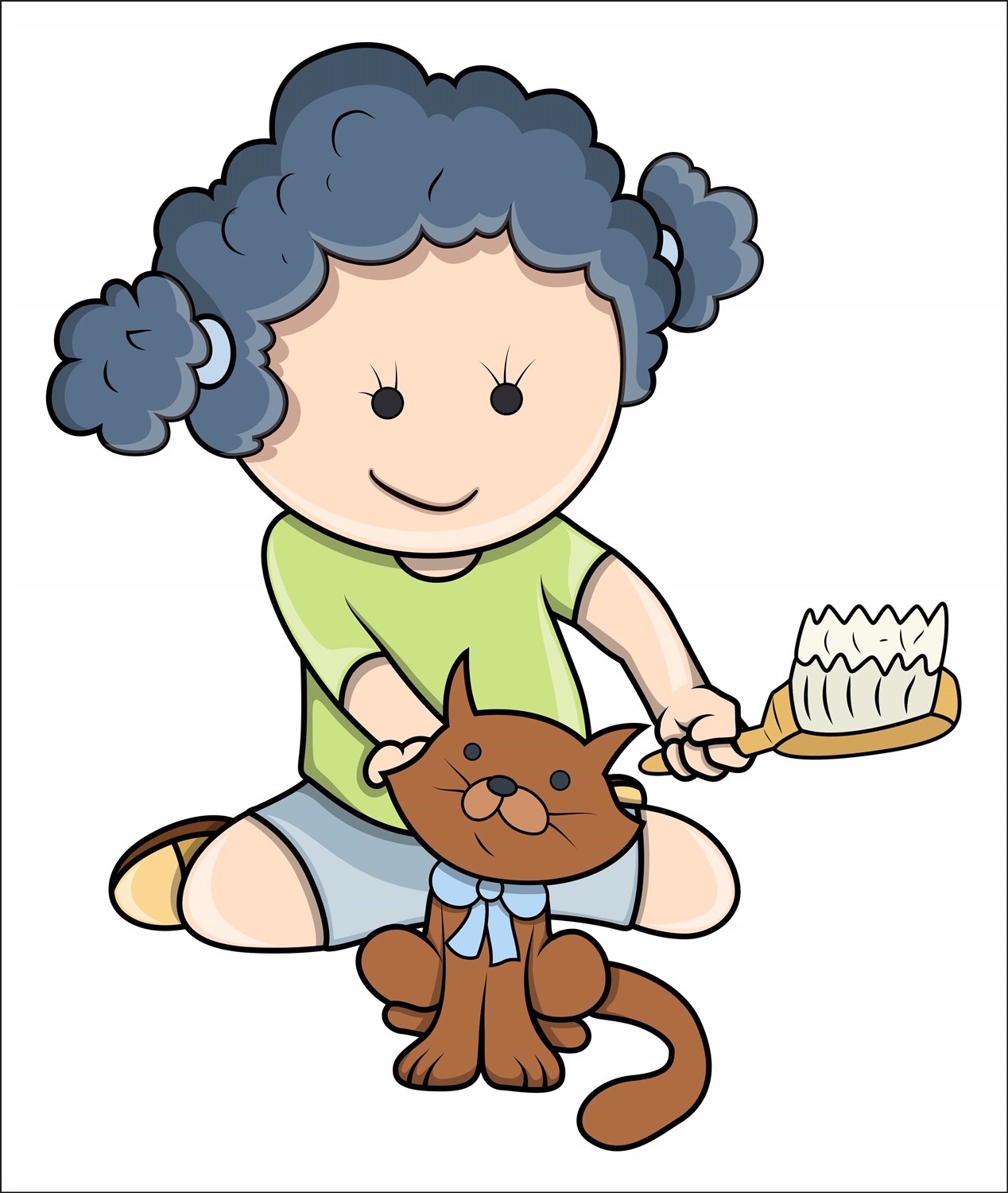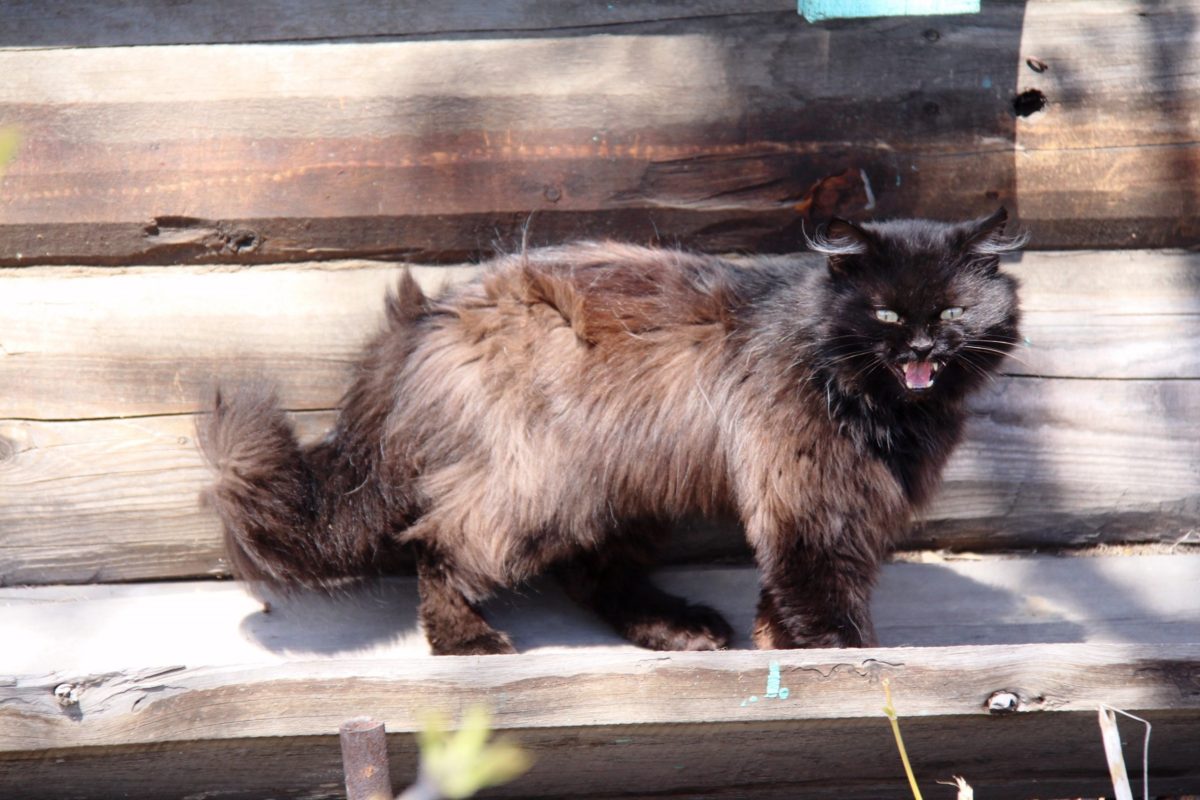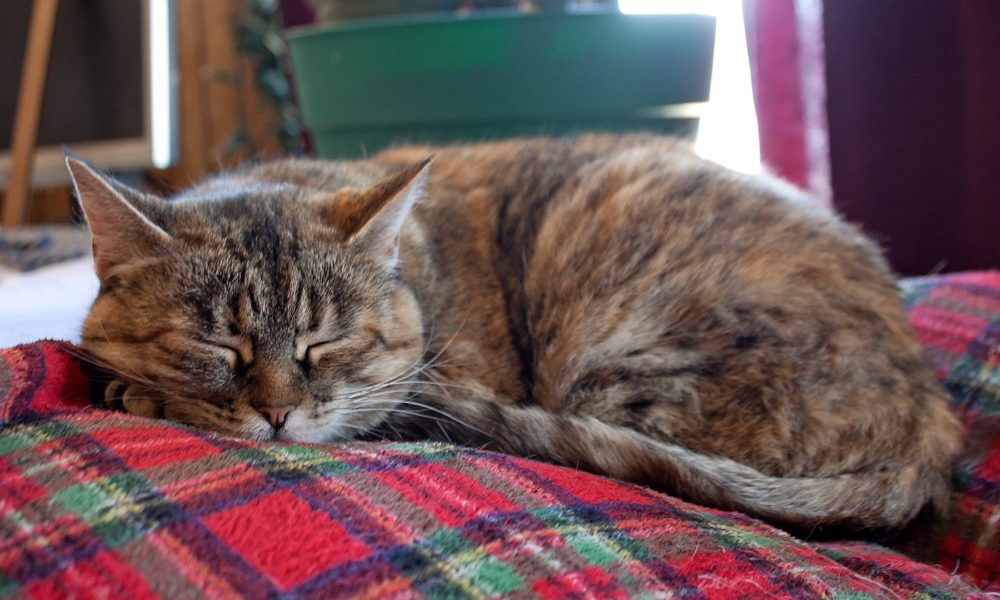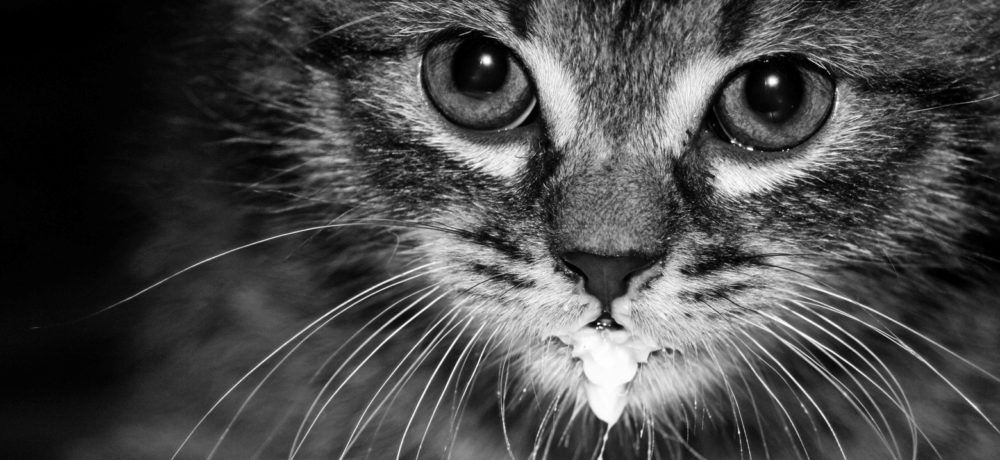
Why do cats have whiskers? And fun facts about cat’s whiskers!
A cat’s whiskers, although so light and fine, are such an iconic feature of a cat’s face. Ask a child to draw a cat – the whiskers will certainly be one feature they are sure to include! In the UK, the phrase ‘the cat’s whiskers’ is used to describe a person or an object that is exceptional and superior. So clearly there seems to be a great deal of emphasis on whiskers, but are they that important to the everyday comings and goings of our cats? What do cats use their whiskers for? And do we need to do anything to help them keep their whiskers clean and tidy? Let us delve into the understanding of why cats have whiskers!
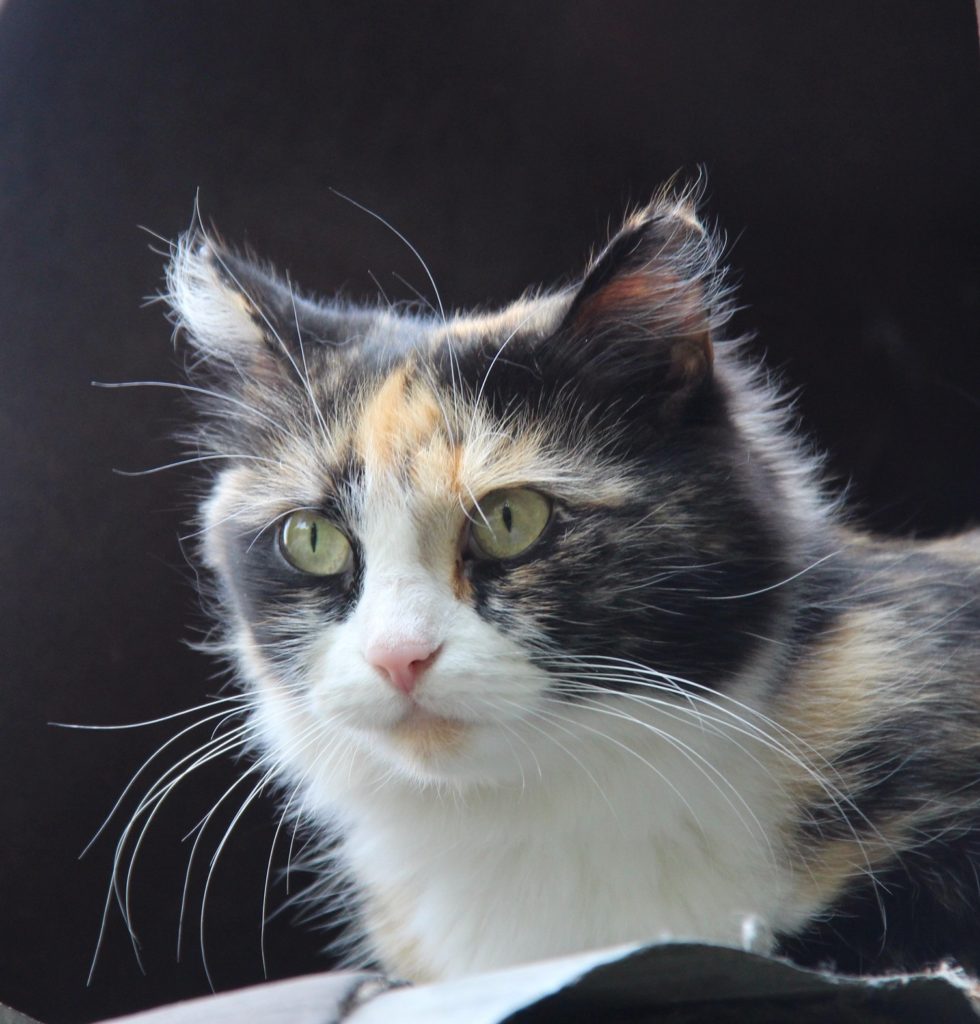
Why do cats have whiskers?
The whiskers of a cat have many functions and are key in making cats the agile, athletic, shrewd hunters that they are. The important functions of a cat’s whiskers include:
Evaluating if a cat can fit into a tight space
One of the most important function of a cat’s whiskers is to gauge if it can fit through or into a particular space. As a guide, a cat’s whiskers are approximately as wide as it’s body. At the end of each whisker is a sensor, called a proprioceptor, which sends messages to the brain. These sensors can detect the size, location and texture of an object and their effect in relation to the cat’s limbs and body position. This is how a cat can determine if a space is suitable to go through.
Whiskers help cats to see in the dark
The receptors described above also work in the dark enabling a cat to make the same safe judgments if out at night.
To gauge distances
Whiskers are also useful to measure distances. A cat can then quickly evaluate how far, and how high she can jump.
Whiskers are also used to detect changes in air currents
The whiskers of a cat are also sensitive to changes in air streams which can be useful to keep well away from predators and any oncoming dangers.
Whiskers for hunting
Cats use all of their senses in hunting. Being as cats can’t see well close up (see our article on ‘Can cats see close up’) they depend on other senses to finally capture their hunted prey at close range. Their whiskers, and especially their smaller whiskers on the back of the legs, play an important role in sensing the exact location of the prey at close range.
To communicate the mood of a cat
By paying attention to the position of our cats’ whiskers, we can have some insight into how our cat is feeling. If a cat feels vulnerable or in danger, the whiskers will be pulled back tightly across the face. A happy, satisfied cat will have relaxed whiskers pointing away form the face. In hunting mode, the whiskers will be pointing forward – this can mean your cat is more than ready for some active playtime with you chasing a toy. When a cat is on high alert or highly excited, every hair on its body will be standing on end – whiskers included. They will be pointing almost completely forward. Whiskers are only one of the many signs that your cat will give as to communicate her mood. Check out our article on ‘Cat Communication’ to learn more.
What is a cat’s whisker made of?
Whiskers are long, stiff yet very sensitive hairs that are rooted deeply in the cat’s body. These hairs are also known as ‘vibrossae’ or ‘tactile hairs’. They are made of keratin and are two to three times thicker than a cat’s hair. At the base of each of these individual long hairs is a follicle containing nerves. These nerves send information to the brain which then helps cats to react to their environment. This area at the base of the whiskers is so rich in blood and nerve vessels and is the reason whiskers are so very sensitive. Whiskers can be found on many areas of the cat’s body – not just on the face where we usually associate with whiskers. They are also found on the ears, jaws and back legs although these whiskers are much shorter than those found on either side of the nose.
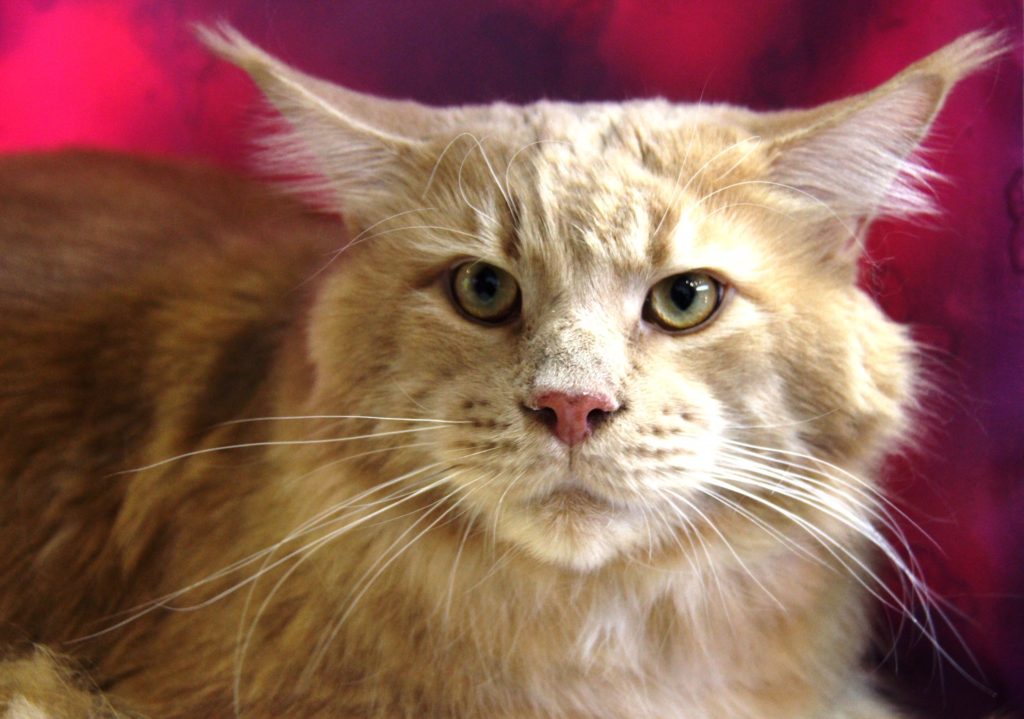
Should I cut my cat’s whiskers?
A cat’s whiskers should NOT be groomed, trimmed or cut. Given the many important functions of the whiskers, it is understandable that if they are trimmed or cut, a cat can feel bewildered and unsettled. As a cat’s whiskers are a key navigation tool, it can cause your cat to become very disorientated and off balance if they were to be removed. If, for any reason, the whiskers are damaged, or removed by injury or fighting, they will grow back. A cat’s whiskers will also shed naturally, and then grow back. There is no need for intervention from owners, whiskers should be left well alone.
Choosing suitable food and water bowls for your cat
Having learnt how super sensitive and crucial a cat’s whiskers are, it may be that some feeding or water bowls may cause discomfort to your cat. Deep or narrow bowls may cause your cat’s whiskers to be uncomfortable or even painful when feeding or drinking from unsuitable bowls. A flat feeding surface or a shallow wide bowl is best for serving your cat’s food. There are endless choices on the market to suit the needs of all cats.
The same applies for water bowls as it does for feeding bowls. Sometimes the cats are just not comfortable with the way the bowl is shaped. It could be too deep or narrow, and the cats would not like it since their whiskers are too sensitive, which might hurt if they rub against the sides. Try water bowls of different shapes, sizes, and material to see what your cat prefers. Many cat owners find that a water fountain is a huge hit with their cats. Running water fascinates most cats. A water fountain will ensure a constant supply of flowing water. And most designs are whisker-friendly.
Please contact your veterinary for any problems or concerns you may have regarding your cat’s eating of drinking habits. There may be underlying medical reasons why your cat isn’t drinking or eating.
Fun facts about cats’ whiskers
- Whiskers found wither side of the cat’s nose are called mystacial whiskers. There are usually 12 such whiskers wither side although some cats may have more.
- Cats also have whiskers on the back of their front legs, above the eyes, and on their jawline. These are shorter whiskers and are called carpal whiskers.
- As a cat ages, their whiskers can change color. Just like some of us humans going grey with age, cats can also go grey.
- A Bombay cat has black whiskers – the same color as their fur.
- Some cat breeds have short, curly whiskers rather than long straight ones. These breeds include Rex cats – the Cornish Rex, Devon Rex and Selkirk Rex. Their fur is also curly too.
- The longest whisker, recorded by the Guinness Book of Records, back in December 2005, was 19 cms (7.5 inches). This long whisker belonged to a Maine coon cat called Missi, who lived in Finland.
- Each cat’s whisker pattern is unique.
- The Sphynx cat, a breed of cat which has no hair, may have no whiskers at all. Some may have whiskers; others may have partial or broken whiskers, and some don’t have any at all.
- Some people believe that finding a cat’s whisker brings good luck. Some cat owners keep any shed whiskers that they find as a token of good luck.
Other articles you may find interesting:
Do I need to brush / groom my cat? An introductory guide
